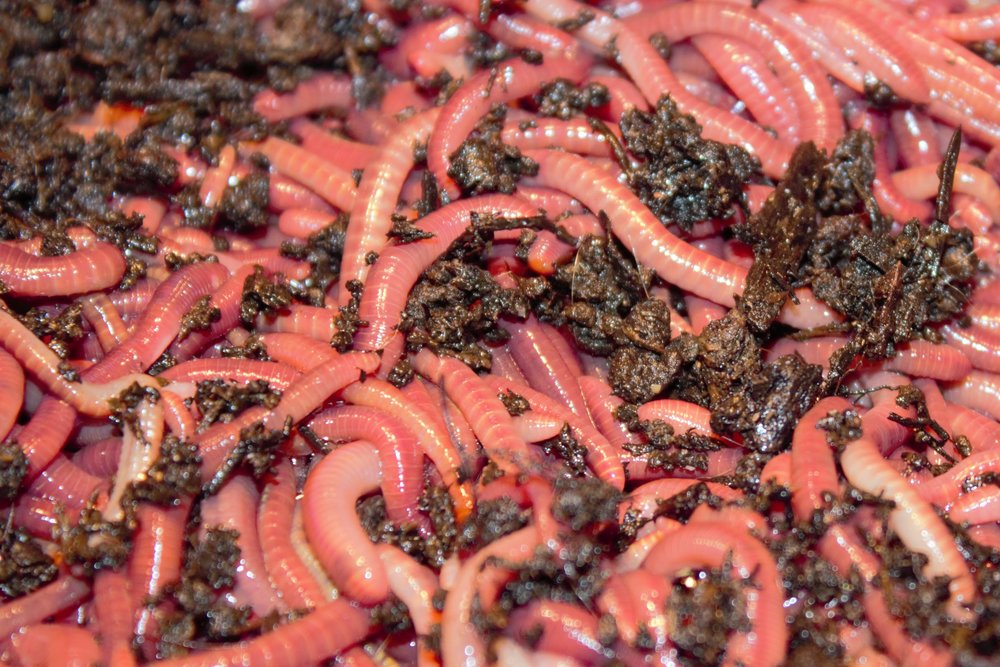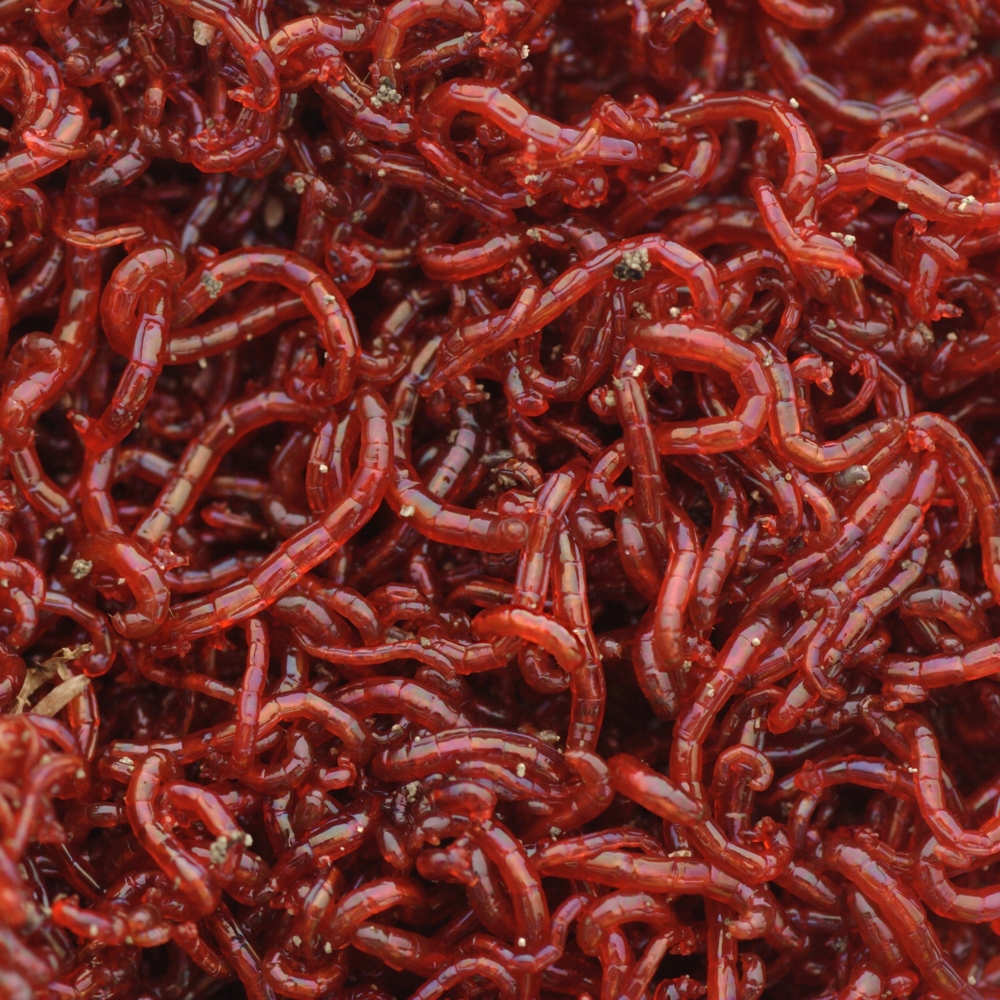Composting-perfect red wigglers: Use them to reduce waste
Composting-perfect red wigglers: Use them to reduce waste
Blog Article
The Duty of Red Wigglers in Lasting Gardening
The assimilation of red wigglers into sustainable gardening techniques offers an engaging approach to enhancing soil wellness and minimizing organic waste. These organisms not just convert kitchen area scraps into nutrient-dense compost with vermicomposting but also freshen the dirt, advertising optimal conditions for plant development. As they break down facility organic materials, they proactively foster a prospering microbial ecosystem crucial for sustainable agriculture. However, the ramifications of utilizing red wigglers expand beyond mere composting; their duty in shaping a much more sustainable future warrants a much deeper exploration of their advantages and practical applications.
Recognizing Red Wigglers
Red wigglers, scientifically known as Eisenia fetida, are a species of earthworm renowned for their duty in sustainable horticulture and composting methods - red wigglers. These worms flourish in decaying natural matter, making them particularly effective in transforming kitchen area scraps and lawn waste into nutrient-rich compost. Unlike typical earthworms, red wigglers have a greater tolerance for varying dampness degrees and can flourish in environments with plentiful organic product
(Lenoir Worm Farms)Classically, red wigglers are smaller sized than their earthworm equivalents, generally measuring in between 3 to 4 inches in length. They possess a reddish-brown coloration and have a fractional body framework that aids in their burrowing and feeding tasks. These organisms are hermaphroditic, implying each individual has both male and women reproductive body organs, which enables efficient populace development under optimal conditions.
The environment choices of red wigglers consist of moist, dark atmospheres abundant in natural content, such as garden compost containers or worm ranches. Their ecological duty extends past composting; they are important in freshening the dirt and assisting in vitamins and mineral cycling, which eventually adds to much healthier yard ecosystems. red wigglers. Understanding the biology and actions of red wigglers is essential for those seeking to execute effective vermicomposting in sustainable horticulture
Advantages of Vermicomposting
Vermicomposting offers many advantages that improve sustainable gardening techniques and add to environmental health. One of the key benefits is the improvement of natural waste right into nutrient-rich garden compost, which improves dirt framework and fertility. The spreadings generated by red wigglers are loaded with beneficial bacteria and essential nutrients, making them an outstanding natural fertilizer.
Additionally, vermicomposting significantly reduces landfill waste. By diverting cooking area scraps and yard waste from land fills, this practice not only minimizes methane exhausts-- a powerful greenhouse gas-- yet additionally promotes a circular economy, where waste is repurposed as a source.
One more advantage is the enhancement of dirt oygenation and drain (red wigglers). The burrowing activity of red wigglers develops networks in the soil, permitting air and water to permeate even more quickly, thus promoting a much healthier origin system for plants
Additionally, vermicomposting can be done on a tiny range, making it available for urban garden enthusiasts and those with limited area. This method encourages environmental stewardship and awareness, as people come to be much more involved with their waste administration techniques. Ultimately, vermicomposting represents a sustainable, efficient, and green strategy to horticulture that benefits both plants and the planet.
Exactly How to Begin Vermicomposting
Starting your own vermicomposting system can be a gratifying endeavor that boosts your sustainable gardening techniques. To begin, pick a proper container, such as a plastic bin or wooden box, with excellent water drainage and air flow. The dimension will depend upon the quantity of kitchen area scraps you create; a bin of 10-14 gallons typically is adequate for a family.
Following, prepare the bedding product. Shredded newspaper, cardboard, and coconut coir are outstanding choices, providing a comfortable environment for the red wigglers. Go for a bedding depth of concerning 4-6 inches, which need to be damp but not soggy.
When the bed linen is established, present your worms. Red wigglers (Eisenia fetida) are basics one of the most suitable for composting. Beginning with roughly one pound of worms for every 2-3 pounds of cooking area scraps weekly.
Begin including cooking area waste, avoiding meat, dairy, and oily foods, as these can draw in parasites and produce smells. Frequently check the bin's wetness levels and temperature level, guaranteeing it stays within the perfect range for worm activity. With these first actions, you'll be well on your way to producing nutrient-rich garden compost for your yard.
Keeping a Healthy Worm Container
A thriving worm bin needs constant treatment and interest to preserve an optimal setting for the red wigglers. Key aspects to keep an eye on include moisture levels, temperature, and food supply. Preserving a moisture level akin to a wrung-out sponge is crucial; excessive water can result in anaerobic conditions, while also little can dehydrate the worms.
Temperature is also critical, as red wigglers prosper in a variety of 55 to 77 degrees Fahrenheit. Extreme temperature levels can emphasize the worms, possibly bring about death. Putting the container in a climate-controlled location or utilizing shielding materials can help regulate temperature level changes.

Last but not least, aeration is crucial. Consistently transforming the bed linens and using a fork or shovel can protect against compaction and advertise air movement, guaranteeing a healthy and balanced, successful atmosphere for the red wigglers. By adhering to these techniques, garden enthusiasts can preserve an effective worm bin that sustains lasting horticulture initiatives.
Effect on Dirt Health And Wellness
Enhancing dirt health and wellness with using red wigglers is a fundamental aspect of sustainable gardening. These worms, understood scientifically as Eisenia fetida, play a critical function in boosting soil framework and fertility. By taking in raw material, red wigglers break down complex materials right into simpler compounds, a process recognized as vermicomposting. Completion item, worm spreadings, is abundant in essential nutrients, including nitrogen, phosphorus, and potassium, which are important for plant development.

(Lenoir Worm Farms)Studies have actually shown that soils improved with worm castings display boosted microbial activity and enhanced fertility, leading to higher plant yields. By including red wigglers into horticulture methods, garden enthusiasts not only enhance their soil yet likewise add to a more sustainable agricultural system, emphasizing the interconnectedness of soil wellness and environmental stewardship.

Final Thought
To conclude, red wigglers significantly contribute to sustainable horticulture via their reliable vermicomposting practices. Their ability to convert natural waste right into nutrient-rich compost boosts soil fertility and sustains a diverse microbial ecological community. Their burrowing task enhances soil oygenation and water retention, profiting plant health. By advertising waste reduction and promoting a round economic climate, red wigglers become vital parts in green horticulture initiatives, underscoring their crucial role in environmental sustainability.
Report this page